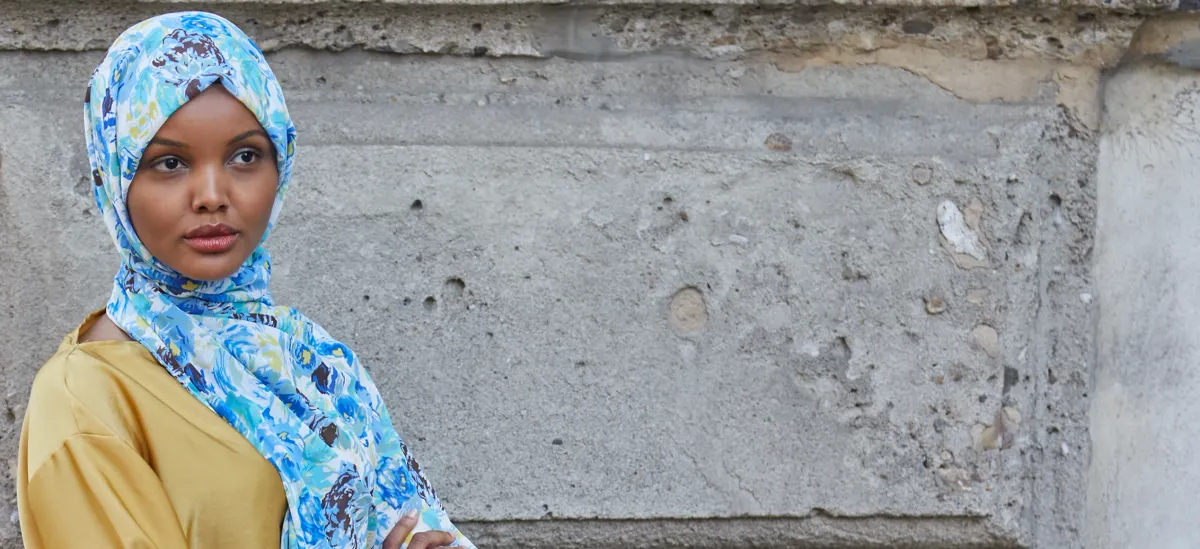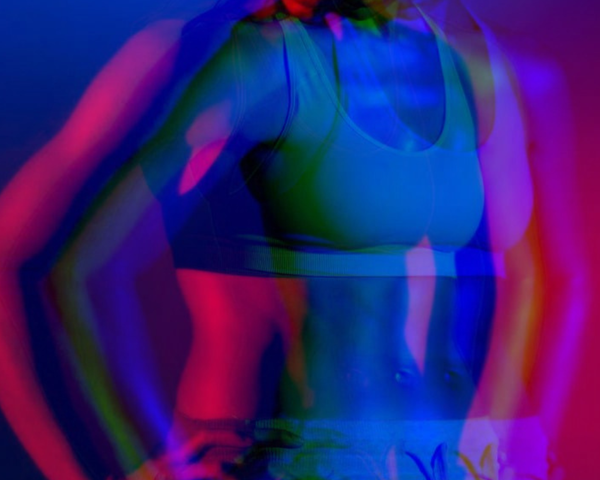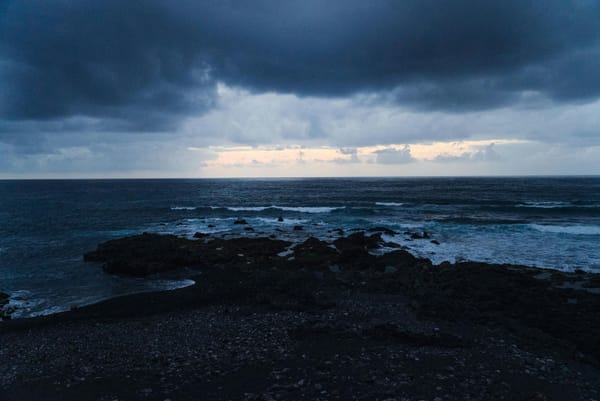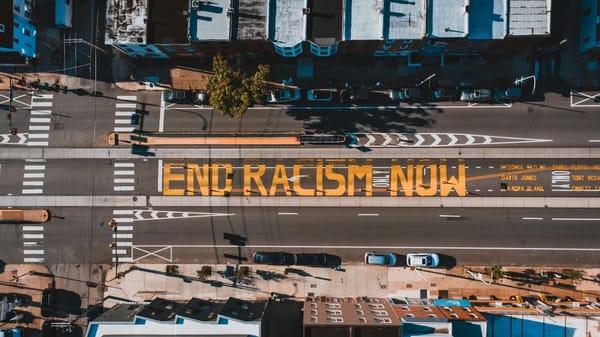Halima Aden’s Experience Opens Up a Wider Discussion About How the West Treats Muslim Women
Muslim women across the world share Halima’s exhaustion towards the tokenism and insensitivity practiced by mainstream establishments and are now creating their own spaces.

In November 2020, you may have heard that supermodel Halima Aden was quitting fashion shows, an early retirement that she explained was due to wanting to stay true to her values and religious beliefs - which the industry had forced her to compromise for too long. But beyond the shock of the news, her Instagram exposé on the event that led her to her decision made something crystal clear: Halima’s experience and feelings reflect those of many other Muslim women.
Somali-American Muslim model Halima Aden broke headlines all over the world as the “breakthrough model” at the age of 19, quickly becoming a household name. Her triumphs are understated. Not only was Halima a semi-finalist in the Miss Minnesota USA pageant at the time, she was also the first woman to wear a hijab in the competition. With her success and popularity growing, she went on to sign with IMG models, worked with brands from Fenty Beauty to Yeezy, walked for Maxmara and Alberta Ferretti, featured on the covers of the biggest magazines (Vogue and Allure to name a few), and took her modelling career to the next level: superstardom.
When Halima revealed, in her unexpected (now deleted) Instagram stories, that her success came at a hefty price; the headlines that followed stated that she was challenging a traditional definition of beauty that she felt was far from her truth. Halima may have entered the industry with a hijab, but soon she “lost touch with who [she] was” and feared that if she continued down the same path she would have “lost [her] hijab completely”.
In her candid posts, she explained to her 1.4M followers that she quit the runway after reflecting upon how she was gradually coerced into compromising her religious beliefs to excel in the industry. This particular testimony echoes a common struggle amongst Muslim women, and her story undoubtedly opens up a wider discussion about how Muslim women are treated in the West.
Being a Black, refugee, hijab-wearing girl in an American school was not an easy experience for Halima. As she explained herself in detail, she was bullied and taunted by the white children in her school for her appearance. During her modelling days, Halima wanted to give people like her the representation she didn’t have growing up. Instead, she had to wear “a new standard for hijab that [Western audiences] could be comfortable with”, which triggered an immense feeling of guilt as this was something she strived to refute.
She wrote: “Looking back now, I did what I said I would never do, which is compromise who I am in order to fit in”. Halima had hoped that by breaking through the industry, she would create a world in which hijabi models would be respected and embraced, but instead, she “opened the door to the lion’s mouth”.
As a new trend, the modelling industry praises itself for being inclusive, but when one is cornered to compromise their religious beliefs and self-image in order to fit in or to be successful, it is in fact not inclusive at all. It is tokenism. Halima noted that, as time went on, she had less control over the clothes she wore, and in her desperation for “any representation”, she felt pressured into agreeing to wear things she would have refused to wear at the beginning of her career.
Her hijab became smaller and smaller, sometimes accentuating her neck and chest, and began to be styled to look like hair - and sometimes was even replaced with an entirely different fabric. The visibility of Halima’s hijab shrunk each day, physically and symbolically. Even some of her industry friends would warn her: “Halima, this isn’t the real you”.
There is a sad irony to the fashion industry. Fashion is an expression of the self, yet that expression is not free: it is constrained and controlled by the industry. Halima’s photoshoot with American Eagle displayed the slogan "Find your style", while their own model had lost her own. She recalls how putting jeans on her head in place of a headscarf for the photoshoot cheapened the meaning of covering her hair as an act of worship. But Halima also felt used. It particularly dawned on her that the industry didn’t genuinely value Muslim women when she found out that the Muslim girls who entered the industry after her were not treated equally.
Halima was guaranteed a blocked-out box to get dressed in privacy on work schedules, while her successors were told to find a bathroom to change in. It would be far-fetched to think that now that the industry had Halima to prove their “commitment to diversity”, the other hijabi models were left unappreciated and viewed as dispensable.
To say the least, it is frustrating that the hijab on Muslim women is associated with oppression and terrorism, and that proud Muslim women like Halima have to wear a palatable version of the hijab to cater to the Western sensitivity, while brands like Gucci appropriate the hijab, letting non-Muslim women wear one for a photoshoot - in an attempt to strip it from its nature and make it trendy, alluring and exotic.
For decades, veiled and hijab-wearing women have also been portrayed as sexually provocative in TV and film, and this fetishisation has now creeped into the fashion industry. For King Kong Magazine in 2019, Halima wore bright red and green eye shadow and a large piece of jewellery on her face, which covered everything but her nose and mouth. She described the look as “a white man’s fetishised version of me”, and barely recognised herself. She notes that the fetishisation does not stop at photoshoots. At industry parties, she would always find herself in a protective “big sister mode”, because men would flock around underage hijab-wearing girls.
Middle Eastern Studies scholar Elizabeth Warnock Fernea explains that this depiction of Muslim women stems from colonialism. “Because ‘western’ men had no access to the female sphere in Middle Eastern society, they were inclined to exoticise or devalue it. Generally, the perception of the Middle Eastern woman involved a secluded odalisque – a lazy, sexy lady in a harem, veiled from all men but her husband”.
This portrayal is the complete antithesis of the hijab’s modesty function, but it is the “acceptable” version for western audiences because the woman’s ‘Muslimness’ is removed.
Muslim women lose job opportunities, are called “terrorists” on the street, are mocked for choosing to cover, and are the targets of “random” airport security checks daily. I could list the many films, news outlets and TV shows that box up Muslim women as the silent victims of Muslim men and their religion, that show Muslim women stripping off their hijab as a symbol of being “liberated” and “modernised” by western influence, and portray the Middle East and North Africa as barbaric lands - but I would be here all day.
Anyone that consumes media sees this and knows this. At least, anyone who is paying attention. Yet, components of our identity are only acceptable on someone else who doesn’t even identify with Islam. The double-standard gets under every Muslim woman’s skin.
The hijab is only viewed as ‘acceptable’ on non-Muslim women on the runway because only then is the headscarf not politicised. It’s not saying anything about terrorism, modernity, or women’s rights abuses. But when Muslim women wear the hijab, which actually means something personal and sacred to them, it is either completely rejected, or the hijab gets tweaked into an ‘acceptable’ version for wider society, due to the false and colonialist negative connotations attached to it. If this doesn’t scream Islamophobia, I do not know what will.
You may be wondering why Halima didn’t say anything at the time. It’s simple: she was too scared to speak up, and as a hijab-wearing Muslim woman myself, I know exactly why. The fact of the matter is that you are seen as the “difficult one”. Halima was scared that people would not want to work with her and opportunities would be lost. This situation makes you afraid of the judgements to come. “Why do we have to fit things around her?”, “Why can’t she just accept that she lives in the west?”
A good friend of mine was described as “perfect” for the job on paper until she showed up for an interview with a hijab on. I know of Muslims who, once they prayed at work, their manager started to look at them differently, yet their colleagues could have smoke breaks without management batting an eyelid. Even Halima revealed that she missed prayers, and this kind of alienation could be a huge reason why.
Why is it that feminists can chant “my body, my choice”, but when Muslim women say the same they should just “adapt”? Halima admitted that the pressure to fit in the industry pushed her to resent the hijab. This is actually something not many Muslim women have the bravery to talk about. Firstly, this is because they fear that the strength of their faith will be judged by their community. Secondly, they are concerned that admitting this will wrongly signal to the west that they were right all along, that women don’t actually like the hijab and aren’t free. The hijab is a personal journey, filled with wonderful and not so wonderful emotions, depending on our own experiences. The fashion industry made Halima feel as if her convictions were the burden, and that her choices were the problem.
But the problem lies within the fashion industry’s lack of true inclusivity. For a start, as identified by Halima, there is a lack of female Muslim stylists in the industry. This explains why brands are so out of touch with models like Halima, and produce insensitive concepts like putting jeans and a t-shirt on a Muslim woman’s head. Whether one’s beliefs are based on religious convictions or not, what you personally value should be treated with respect.
However, one must acknowledge that there are issues in the Muslim community itself. It’s hard enough to be essentially told by the modelling industry that only a certain look will sell, but it hurts even more hearing it from your own community. “Stop dressing like an old woman!” “Be more daring, show them what a modern hijabi looks like!” These demands from a part of the Muslim community made Halima feel as if she was failing her own. It saddens me that Islamophobic narratives are so ingrained into society that even Muslims have been conditioned to feel like we must prove that we are not “backwards”, by sharing westernised standards of fashion and beauty. According to Halima, even Vogue Arabia does this.
From the modelling industry to the media, movies, and politics, Muslim women’s narratives and the representation of the hijab and Islam are being controlled by others. Halima’s new stance that she will now only accept modelling jobs if her hijab is "visible" in a way that is deemed appropriate to her, means that she is taking back her own narrative and self-image. She plans to be the first Miss Somalia to compete for Miss Universe, and this is her way of connecting back to her roots and embracing her cultural identity, which she expresses, she has been “robbed” of.
As a Black Muslim woman in a white-washed industry, Halima had no one she could relate to. When you have someone who shares a part of your identity with you, you feel like you are not alone; you understand one another’s struggles, and you have each other to get through difficult challenges. Halima didn’t have this person, but she is that person for us. She’s giving Muslim women, or anyone who is considered “different” for that matter, a supportive hand and reminds us that we aren’t alone.
It must have been really hard for Halima to express her feelings and share her experiences with the world, but I am glad she did. You can tell how much this has meant to a lot of people by the positive responses her posts got. Many people have even made fan accounts of Halima to express their gratitude and their hope for change.
She wrote: “Can we just have our Disney Hijabi princess already or must I get out my notebook and write the script myself?” And that’s exactly what we have to do. If there isn’t a space where we can be ourselves or thrive, we make one. Halima is now paving her own way as a model and activist without the shackles of an industry that compels her to change. How she is represented will be on her own terms now. Muslim women across the world share Halima’s exhaustion towards the tokenism and insensitivity practiced by mainstream establishments. Consequently, many of them have created their own spaces such as Muslim modelling agencies, modest fashion stores, and magazines, in order to take back control of their own representation and narratives.
“We don’t need them, they need us”. Halima speaks the language of truth. Fashion evolves and is international, and the industry is going to need people who are different to engage with audiences across the world. In the face of adversity, an incredibly successful woman has decided that nothing will make her compromise her beliefs, which is both admirable and empowering.
The message I took away from Halima is this: we do not have to settle for “any” representation. We deserve representation that is true to ourselves and controlled by ourselves. Just because we are “different” doesn’t mean that we have a responsibility to prove we deserve the space we occupy by “fitting in”. We don’t owe it to others to give them a palatable version of our identity that they can swallow. You do you, because there is always going to be somewhere you are appreciated.
Halima finalised her statement by saying "this is the standard moving forward if you want to work with me. Come correct or don't come at all", and I am here for it.





